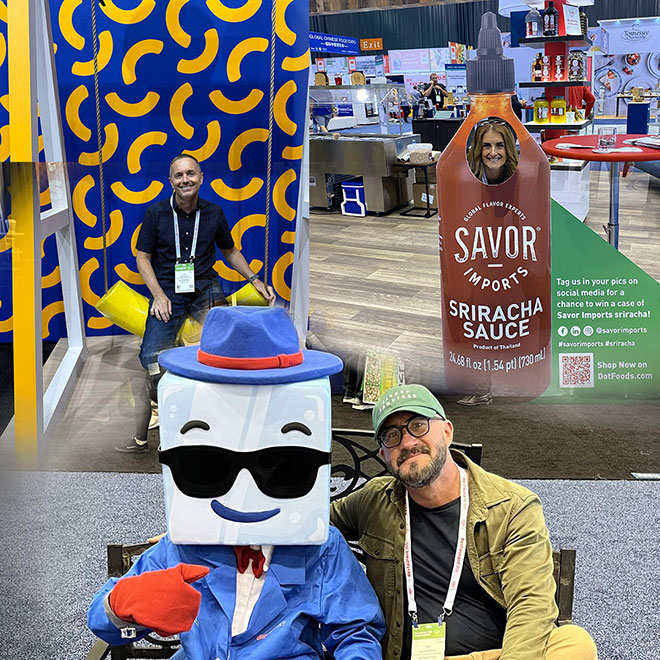Feeding the People: Restaurant Concepts that Drive Consumption

Estimated Read Time: 2 Minutes
Robot chefs. AI taking drive-thru orders. Drone delivery. The restaurant industry is undergoing a tech-driven revolution that’s no longer in the distant future. It’s here. It’s happening now, and it’s driven by a range of disruptive industry pressures: labor shortages, time-pressed consumers, a growing interest in conscious consumption, and the overwhelming demand for an elevated consumer experience. And, of course COVID-19, but that’s a given, right?
Navigating the Changing Landscape
So where does the restaurant industry go from here? The hard truth is that there is no one-size-fits-all “Restaurant of the Future.” Even before COVID-19 was ever part of our collective consciousness, delivery sales were on the rise, posed to outpace in-restaurant dining. Online food delivery was projected to become a $365 billion industry by 2030, growing at over three times the rate of on-premise sales.
Today, seasoned restaurant operators know that the ideal dining experience in an affluent urban core differs vastly from that on a rural college campus. In the past, operators have taken the T-shirt approach with small, medium, and large stores or modified the surface-level aesthetic to fit its locale. Changing customer expectations and industry pressures demand a new recipe for success. Restaurants must offer a strategic mix of concepts, from ghost kitchens to high-service experiences, to meet customer demands efficiently and resonate with the most valuable asset of them all—customers.
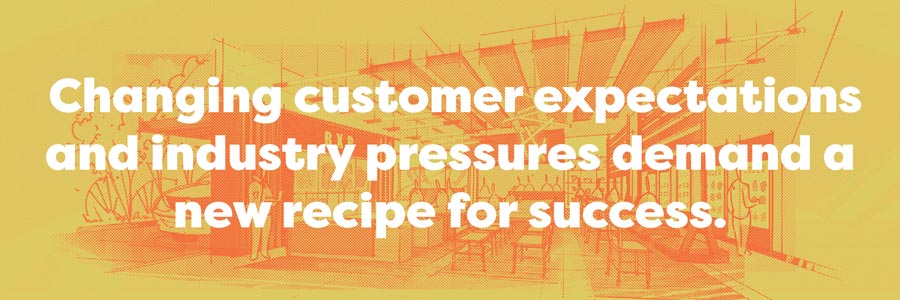
Embracing Future Concepts
So we all agree there can’t possibly be ONE “Restaurant of the Future.” Instead, brands will adopt a Restaurant Portfolio Strategy: a flexible approach designed to meet customer needs efficiently and authentically. i While this strategy can include an array of experience modules, we’ll focus on just three key themes that are becoming increasingly relevant today: seamless delivery, convenient consumption, and memorable immersion.
1. Seamless Delivery
The name of the game right now (and for the foreseeable future) is meeting customers where they are. In some cases, this means focusing on delivery rather than on-premise dining.. By concentrating solely on delivery, a restaurant becomes a well-oiled machine capable of fulfilling orders faster than ever before.
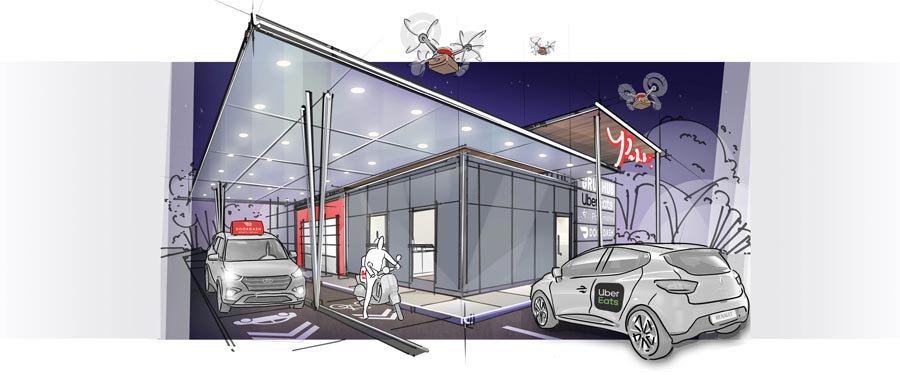
How it works: Delivery orders within a set radius are managed through a central kitchen, where they are prepared and handed off to drones and delivery runners. This approach offers unmatched efficiency without on-site distractions. However, it may take some time for consumers to fully embrace the concept of ghost kitchens. Success hinges on brands’ ability not only to deliver but to add significant value.
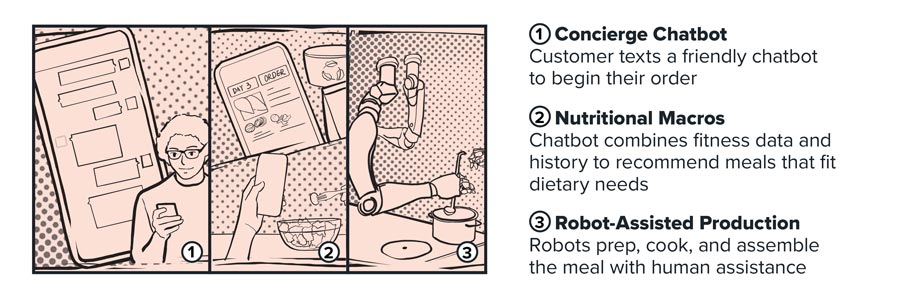
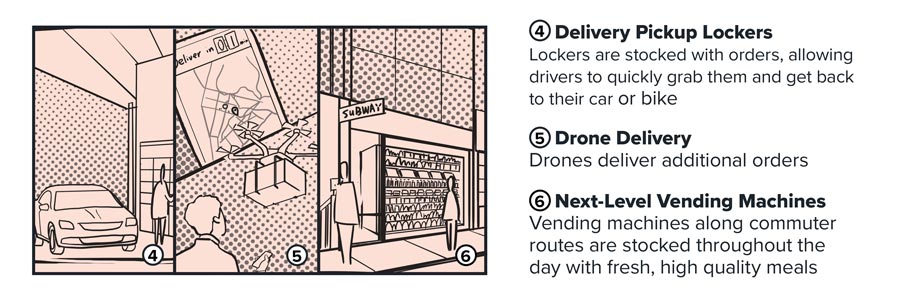
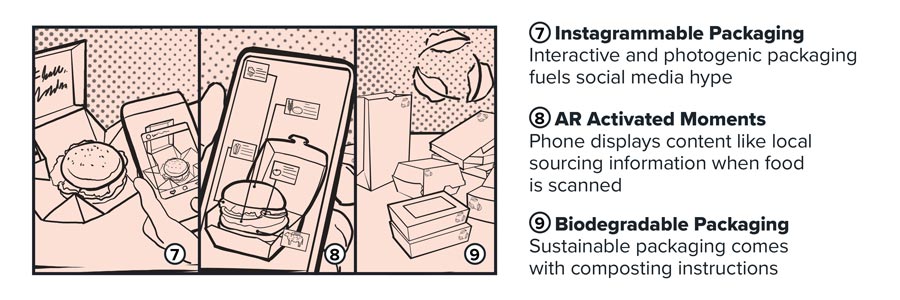
Hungry for more?
Download the full POV to see the rest of our ideas on driving convenient consumption and memorable immersion.
 Jody Wasbro
Jody Wasbro Lee Peterson
Lee Peterson Tara Yavorsky
Tara Yavorsky

